Community is well known for its attention to detail, callbacks jokes, and obscure references. Fans pride themselves on their ability to uncover every little joke, but were you able to spot all of these Community Easter eggs?
1. Rick and Morty Have a Cameo
At the end of the season five episode, “Analysis of Cork-Based Networking,” Abed and Rachel can be seen watching an episode of the Dan Harmon show Rick and Morty. Rick and Morty co-creator Justin Roiland (who provides the voices for both Rick and Morty) also appears in the season 6 finale of Community as Ice Cube Head.
But the crossover doesn’t end there. The Community gang makes a brief cameo in the Rick and Morty episode, “Auto Erotic Assimilation,” and Rick says, “Ok, now make them cry, but happy cry. Now make them all make fun of the blonde one. Now make them all do it on the table. I can’t believe you created a whole show for me. Now cancel it. Ok, now put it back on. Alright I’m bored.” His lines are direct reference to Community’s cancellation and return on Yahoo!.
2. Portuguese Translation
Several months ago, Reddit user sebhinton posted a question on the Portuguese subreddit, “I was wondering how to express that someone is a ‘knee-high mischief’ in Portuguese Portuguese.”
“The context is that they are short (only come up to your knees),” sebhinton explains, “and they create mischief (playful troublemaker), but are not children.” They eventually settle on the phrase “Esses pequenos patifes têm alguma fraqueza.”
So what does this have to do with Community? Well, three months after the question was posted, MadIrishRogue noticed that the phrase appears in the episode, “Lawnmower Maintenance & Postnatal Care,” where Abed and Annie rent the Portuguese Gremlins. It’s widely believed that sebhinton was a Community writer doing research for the show.
3. Whiteboard Contains Actor IMDB Pages
Reddit user Shambaree noticed that the whiteboard behind Annie contains links to several of the actor’s IMDB pages including newcomers Paget Brewster and Keith David.
4. Abed Delivers a Baby
If you watch closely during the episode “The Psychology of Letting Go,” you’ll notice Abed helping a pregnant women deliver her baby. This story line was later referenced in “Applied Anthropology and Culinary Arts” when Abed claims to have delivered a baby before.
“The Psychology of Letting Go” aired about nine months after “Politics of Human Sexuality,” in which Abed tells students “If you’re going to have sex tonight, DON’T use condoms.” Many fans speculated that the baby Abed helped deliver was conceived in this episode, however Dan Harmon has said this was only a coincidence.
5. Abed Appears on Cougar Town
Abed has had a background story line in other shows as well. In the Community episode “Critical Film Studies,” Abed mentions his guest role on Cougar Town in which he poops his pants. Fans of Cougar Town were able to see Abed’s appearance in the season two finale.
6. Beetlejuice
Throughout the series, the name “Beetlejuice” is spoken three times, during the episodes “Communication Studies,” “Cooperative Calligraphy,” and “Horror Fiction in Seven Spooky Steps.” On the third time, Beetlejuice himself shows up.
7. Annie’s Boobs is the Pen Thief
During the cold open of “Cooperative Calligraphy”, the monkey Annie’s Boobs can be seen stealing Annie’s pen.
8. Foreshadowing in Abed’s HUD
During “Aerodynamics of Gender,” Abed’s HUD display foreshadows several upcoming episodes including:
“Mixology Certification”: “Troy’s birthday in 14 days”
“Critical Film Studies”: “Record Cougartown“
“Abed’s Uncontrollable Christmas”: “Confirm Mom for Xmas“
“Conspiracy Theories and Interior Design”: “Make blanket fort“
“A Fistful of Paintballs” and “For A Few Paintballs More”: “Sell study group on paintball sequel“
“Cooperative Calligraphy”: “Projected Cycles: Annie 11/11/10“
9. Fun With Room Numbers
During the opening moments of “Remedial Chaos Theory,” Britta asks about Troy and Abed’s apartment number, “Didn’t they say 304?” To which Annie responds, “No, 303. I wrote it down twice.” This is a reference to the episode’s production code. “Remedial Chaos Theory” was originally intended to be the third episode of the season, but was moved back due to the complexity of the plot.
Similarly, in season 4 episode 3, “In Conventions of Space and Time,” Jeff and Annie’s hotel room number is 404. This episode was originally scheduled to be the fourth episode of the season, but “a decision was made to move ep. 4 up into that slot, because we felt it was more promotable and we wanted it earlier in the run.”
10. Brick Joke
A brick joke is a joke that’s set up, but doesn’t pay off until much, much later. In “Remedial Chaos Theory,” Annie tells Troy and Abed that they shouldn’t use a brick to prop open their door. Fifteen episodes later, in “Curriculum Unavailable,” a policeman tells Troy and Abed that they shouldn’t use the brick to prop open the door because it’s a rare, antique brick worth $60. So basically it’s a brick joke about an actual brick.
11. Updates on Troy’s Trip
Season five features several updates about Troy’s trip around the world. In “Analysis of Cork-Based Networking,” while Hickey is watching the news, the bottom of the screen reads, “Levar Burton and non-celebrity companion captured by pirates in the Gulf of Mexico.”
Reddit user Mcnuttsack also noticed that the chalkboard in the episodes “Analysis of Cork-Based Networking” and “Bondage and Beta Male Sexuality” reads, “GCC 506/507 Has anyone heard from Troy? Is it true? He may have fallen into a perfect storm? His last contact location was DMS 70′ 23′ 49.68′. Could a ‘live’ ‘Troy and Abed in the morning’ via satellite be on the Horizon? Throw us a lifeline! GCC513″ As another user, bellrunner, pointed out, the coordinates in the message refer to the Bermuda Triangle.
12. Latvian Independence Parade
A chase scene in the episode “Conspiracy Theories and Interior Design” is halted by a Latvian Independence Parade. The episode originally aired on November 18th, the anniversary of the actual Latvian declaration of independence.
13. G.I. Jeff
Originally discovered by Reddit user Death_Star_, one of the greatest Community easter eggs never even came to fruition because of a scheduling issue. During the G.I. Joe parody episode, “G.I. Jeff,” Jeff/Wingman kills Destro, a Cobra. It’s important to know that in the original cartoon series, G.I. Joe: A Real American Hero, no one ever died. Later at Cobra Headquarters, we see a sign that reads, “10,419 Days Since Last Casualty,” which is then reset to zero following Destro’s death.
“So, counting off 10,419 days from March 27, 2014 would land you on September 16, 1985. In other words, had the episode aired last week, it would have been a perfect alignment with G.I. Joe’s debut episode,” Death_Star_ explains. However, “G.I. Jeff” was delayed by a week due a NCAA basketball game, thus ruining the Easter egg.
RELATED:
20 Signs You’re Abed From ‘Community’
The 14 Best ‘Community’ Parody Episodes
Our 7 Favorite Troy Episodes on ‘Community’


























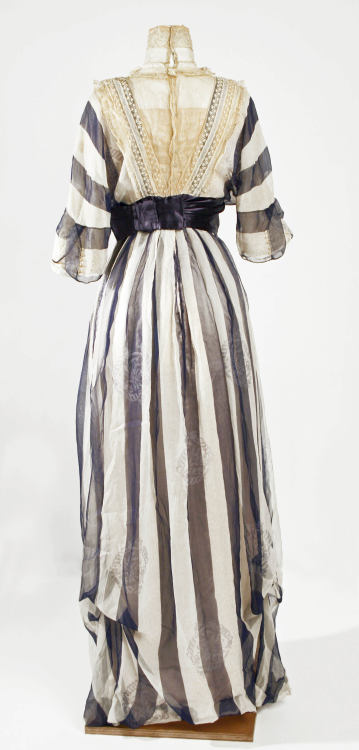
























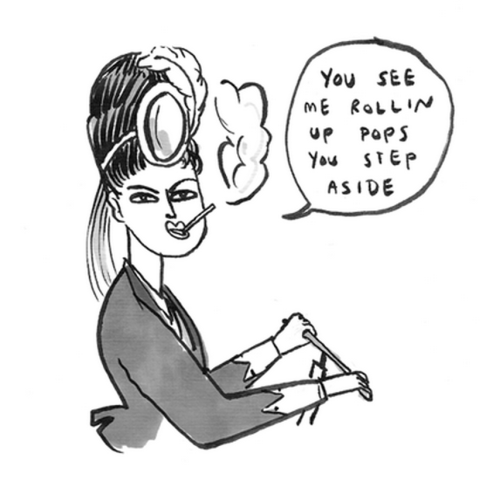






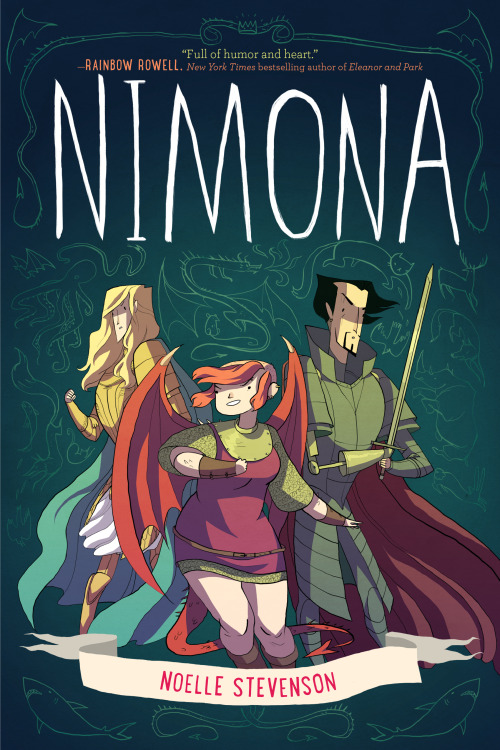





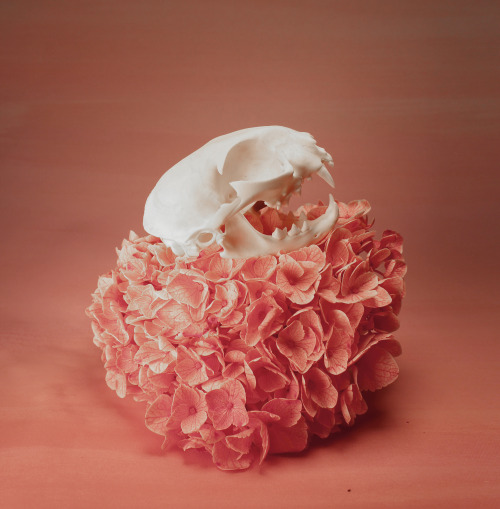

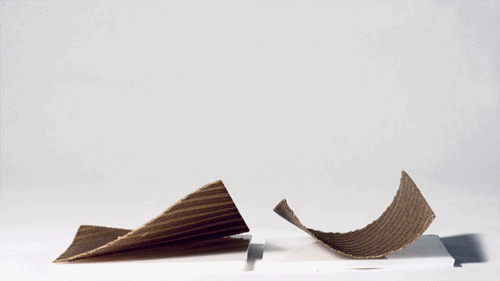
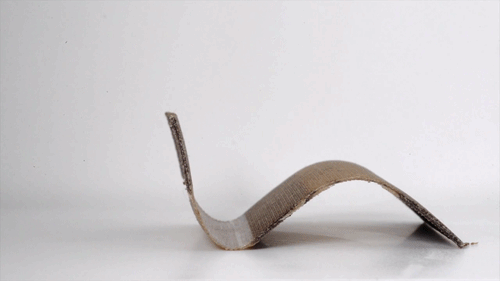
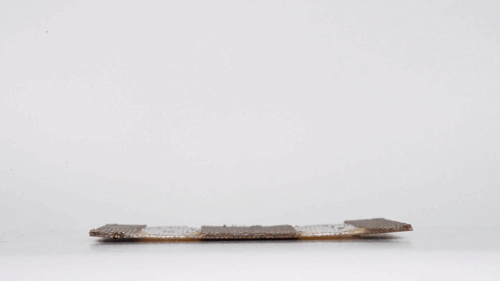

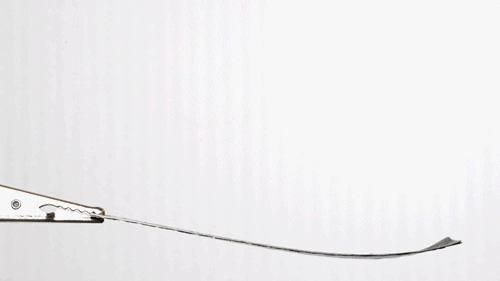





 The 9th Circuit Court of Appeals has ruled against Universal Music Group in a 2007 Digital Millennium Copyright Act case that could change how and when copyright holders can send takedown notices. The case revolves around a takedown notice sent to...
The 9th Circuit Court of Appeals has ruled against Universal Music Group in a 2007 Digital Millennium Copyright Act case that could change how and when copyright holders can send takedown notices. The case revolves around a takedown notice sent to...
 DARPA has revealed a new kind of landing gear that allows helicopters to land on inclines and uneven terrain, a feat that's generally impossible using traditional landing skids. Rather than the fixed landing gear that most helicopters sport, this ne...
DARPA has revealed a new kind of landing gear that allows helicopters to land on inclines and uneven terrain, a feat that's generally impossible using traditional landing skids. Rather than the fixed landing gear that most helicopters sport, this ne...

